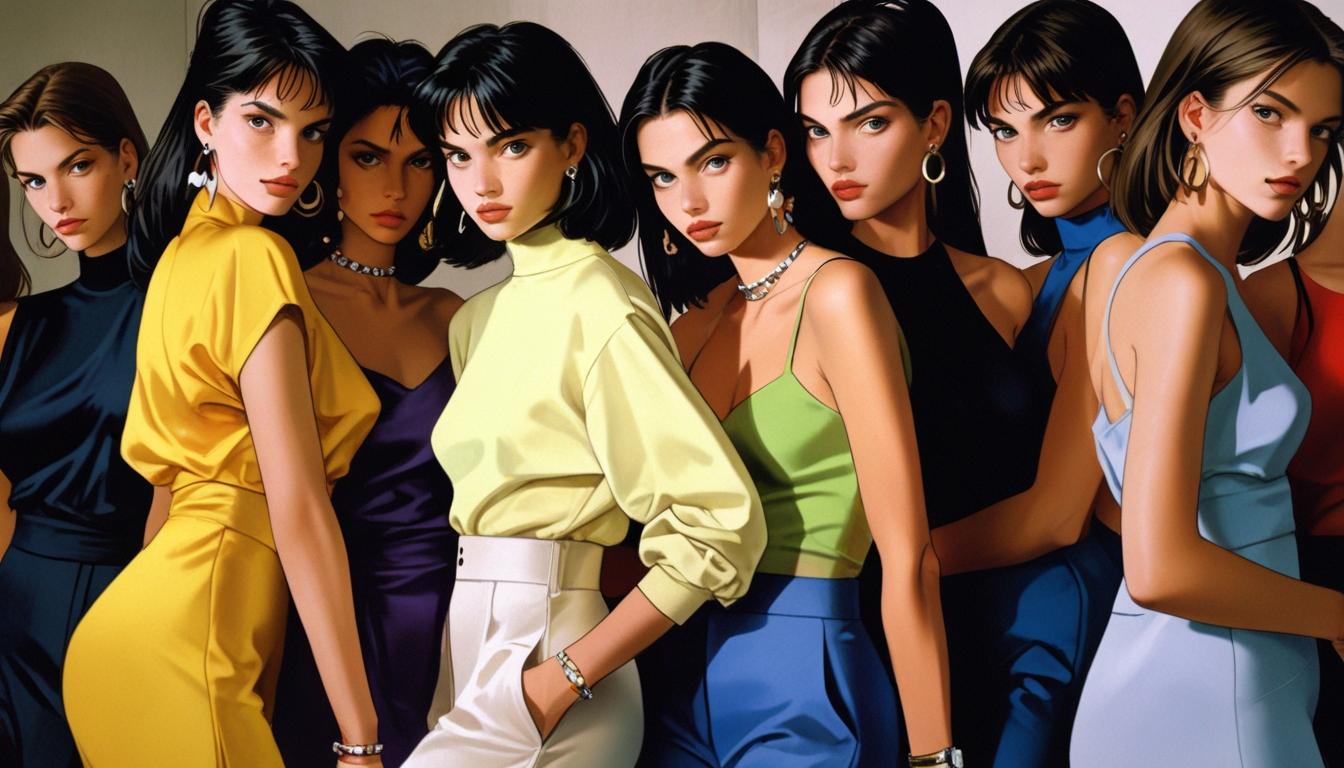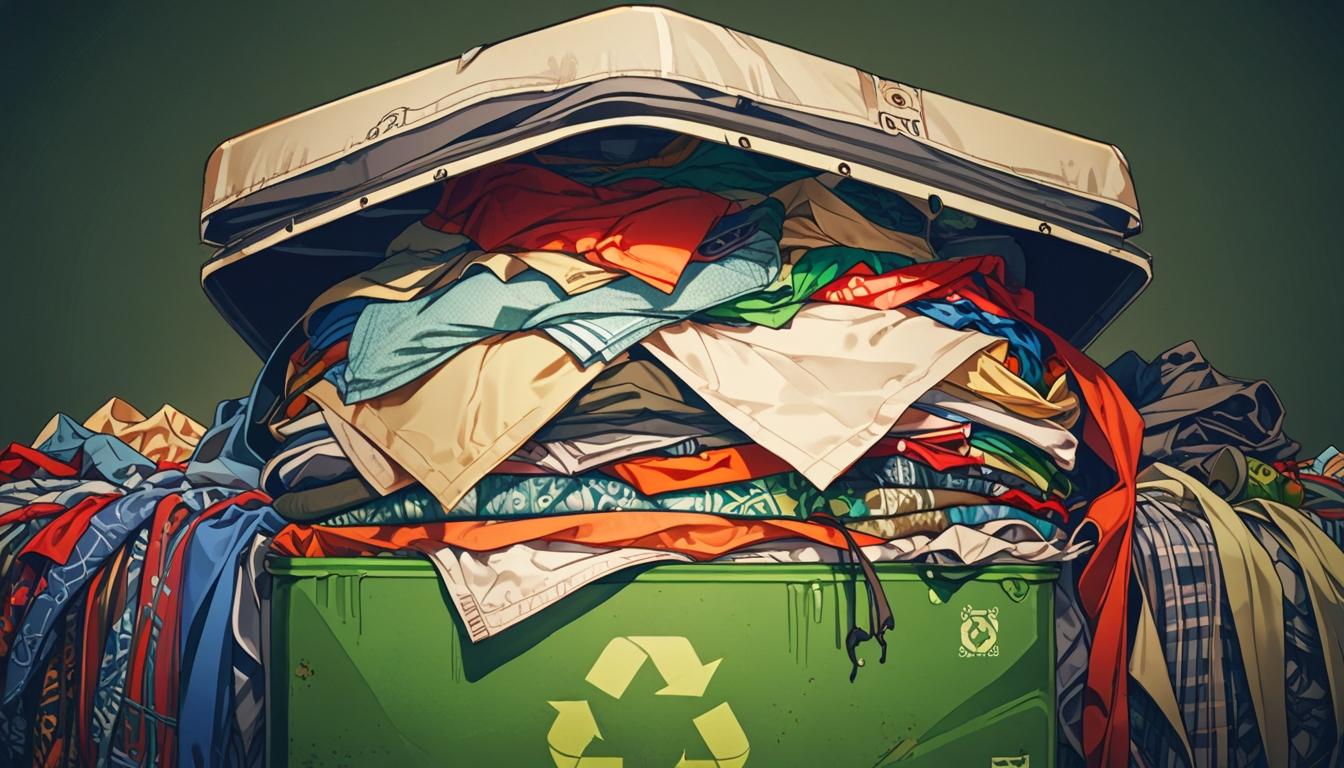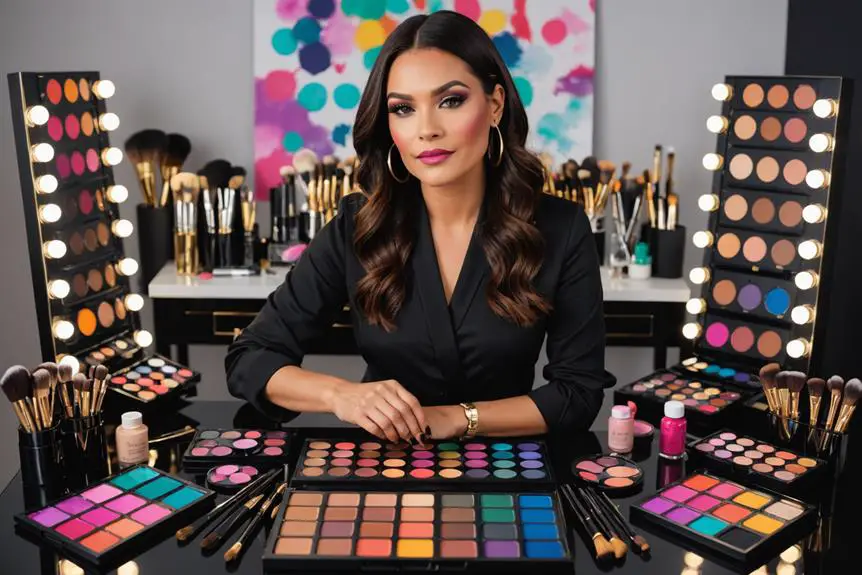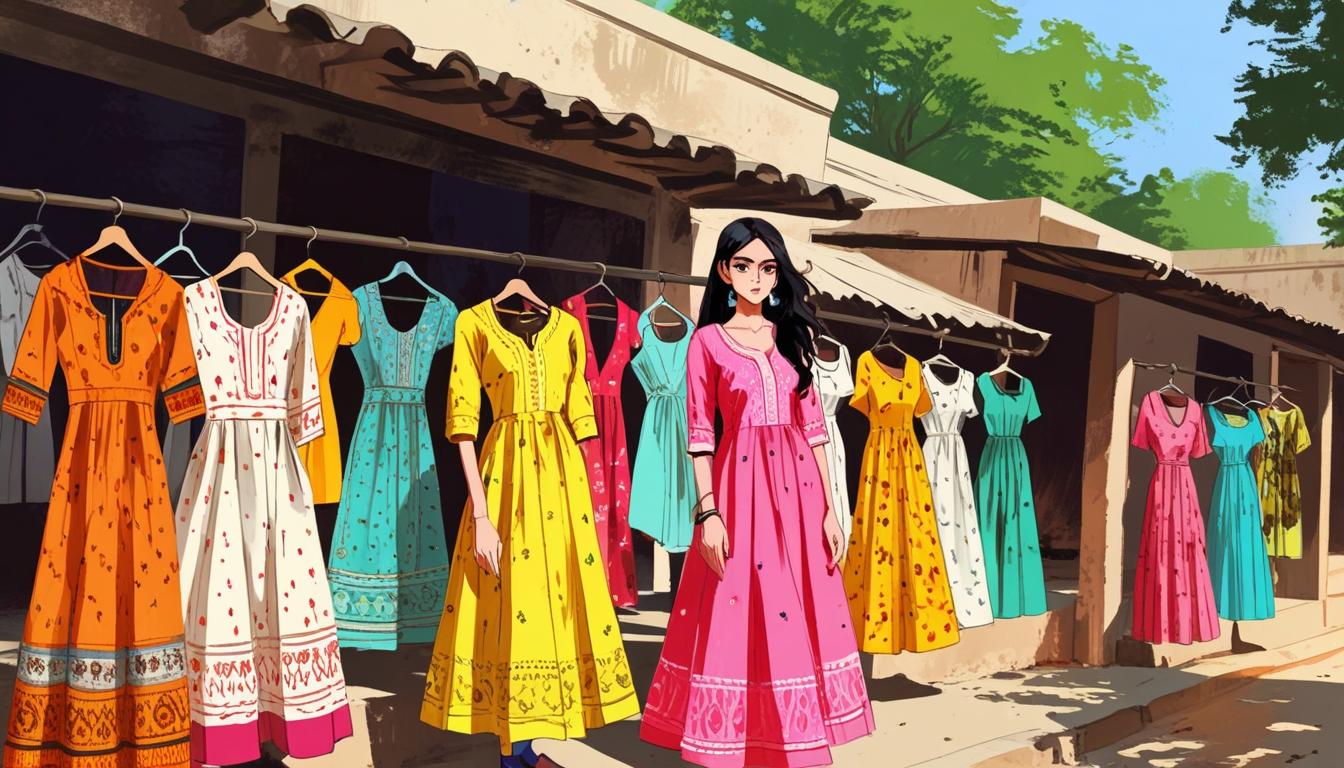As the 30th anniversary of ‘Unzipped’ approaches, the documentary offers a nostalgic glimpse into the vibrant and more relaxed fashion world of the 1990s.
As the 30th anniversary of Douglas Keeve’s documentary “Unzipped” approaches, the film is being revisited as a vibrant emblem of the 1990s fashion industry at its pinnacle. The documentary centers around Isaac Mizrahi, a prominent fashion designer, during the preparation of his fall 1994 collection. It captures an intimate, behind-the-scenes look at the fashion world and its leading figures, a stark contrast to the more controlled and guarded atmosphere of contemporary fashion.
“Unzipped” not only presents the intricate dynamics of fashion but also showcases cultural icons such as Naomi Campbell, who hesitantly debates removing her navel ring during one memorable scene. Campbell, hailed as a premier Black British supermodel, conveys the complications of her decision, saying, “I can’t, it closes up again in an hour!” This snippet offers an insider view into the personalities and lightheartedness that characterized the era.
Keeve, reflecting on the film over a recent Zoom call, discussed his relationship with Mizrahi at the time and the authenticity it brought to the documentary. “Isaac’s a worldly guy, he’s a performer, he’s madcap, he’s unpredictable, and you just don’t find that every day,” Keeve noted, emphasizing the significance of Mizrahi’s unique character and its impact on the film’s storytelling. The documentary stands out for its candid portrayals of many top models and celebrities who were influential figures of that decade.
The film is peppered with memorable moments, including Sandra Bernhard’s animated description of her outfit during an appearance on “Late Night with David Letterman,” where she quips about the glamour surrounding Mizrahi. Her performance and the lighthearted anecdotes contribute to the rich tapestry of the fashion milieu at the time, with Mizrahi being a conduit between high fashion and pop culture.
Keeve’s reflection on the documentary highlights the carefree environment captured in “Unzipped,” which feels considerably different from today’s fashion landscape, marked by a heightened sense of scrutiny and public relations controls. “It was capturing lightning in a bottle because we had all the models who were on their way up or at the top,” Keeve explained, alluding to the extraordinary access and the sense of freedom artists experienced back then.
The intimacy depicted in the documentary is rare in today’s industry, where designer-model relationships have shifted significantly due to the increasing stakes involved. Keeve point out, “You wouldn’t joke with [Naomi Campbell] that way [now],” indicating the constraints artists face now compared to the more relaxed interactions of the 90s. He noted that while the dynamics of fashion have changed, there remains a possibility to produce documentaries in the spirit of “Unzipped,” albeit with more effort to uncover the depth and personality that characterized the 1994 fashion scene.
As Keeve embarks on a new project revolving around the late Vogue editor Polly Mellen, he acknowledges the challenge of finding figures with the same level of passion and intellect that defined their predecessors. The documentary aims to explore the legacy of influential individuals in fashion and how their sharp insights shaped the industry over the years. For Keeve, the foundation of a successful documentary rests on understanding the personal stories behind the fashion, and he is hopeful for the emergence of new talents capable of weaving that complex narrative.
Source: Noah Wire Services




